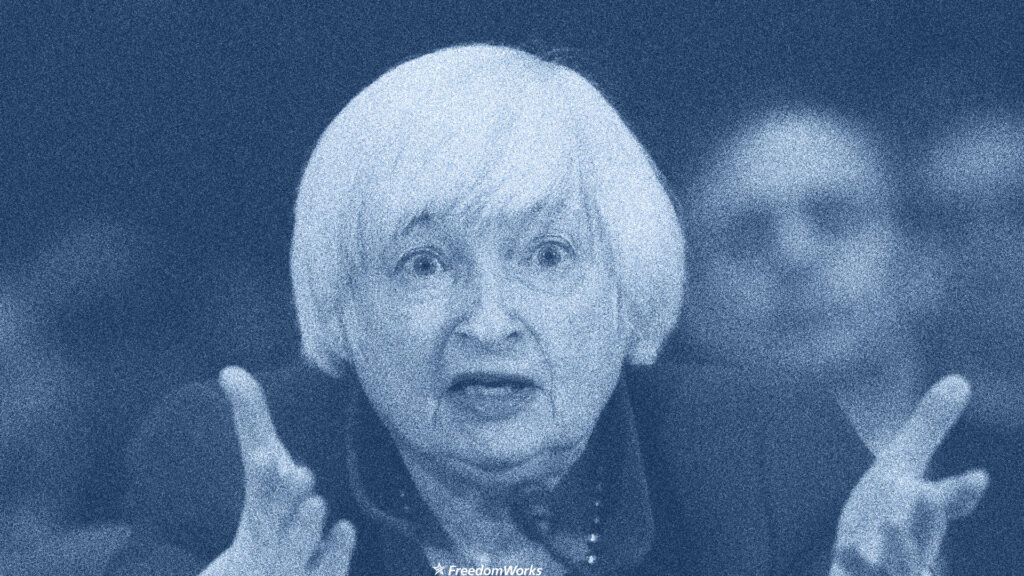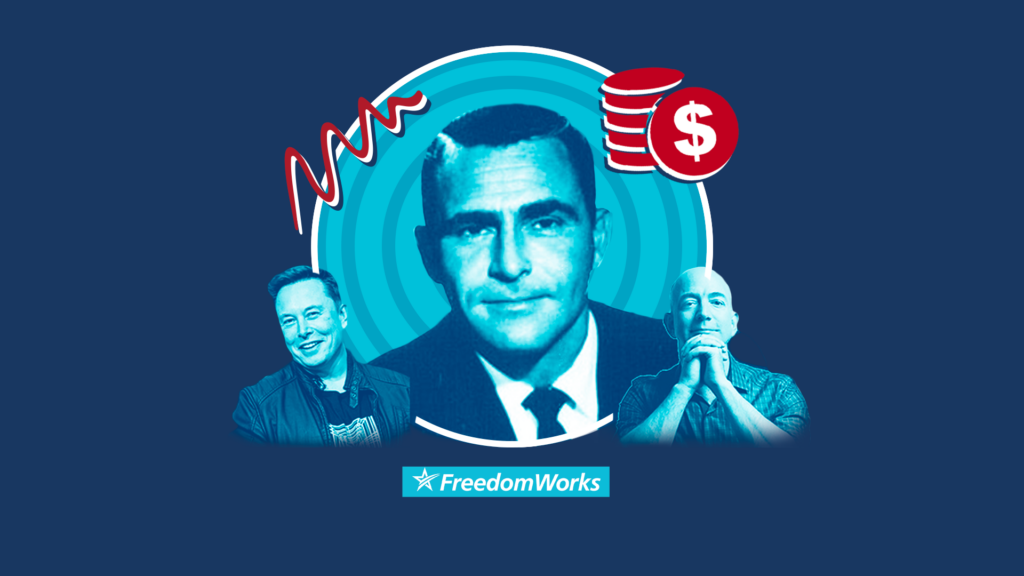Bernanke-Panky: A Review of the Former Fed Chairman’s The Courage to Act
Ben Bernanke’s new memoir, The Courage to Act, begins straightaway with a false premise. The first sentence of the book reads: “In all crises, there are those who act and those who fear to act.” The statement presupposes that action must always be good, and inaction must always be the result of fear.
Not all action is created equal, and action applied without knowledge can often make a bad situation worse. Throughout the book, Bernanke acts as if an economic contraction is analogous to a building on fire; someone has to put it out fast, or the whole thing will burn down. In fact, economic corrections are more akin to the common cold. You can try to blast a cold with antibiotics and repeated trips to the doctor, but you’re more likely to exacerbate the illness than do any good; usually a couple of days of bed rest are all you need.
From this inauspicious beginning, the book delves deeply into the history of the financial crisis and the Federal Reserve’s response. In the sense that it is a history book, it certainly has its merits, but as a work of monetary policy and economic analysis The Courage to Act leaves much to be desired.
Bernanke doesn’t hide the fact that he was taken totally off guard by the housing crisis, and even now he seems to have only a fuzzy understanding of why it occurred. He doesn’t make a clear connection between rising housing prices, and the incentives put in place by government regulators. He is quick to blame risky lending practices, but doesn’t seem to grasp why bankers were driven to that behavior in the first place. Rather than diagnose the cause, he prefers to treat the symptom by regulating undesirable behavior, without stopping to consider the incentive effects of such regulations. An economist who doesn’t understand incentives is a dangerous thing.




